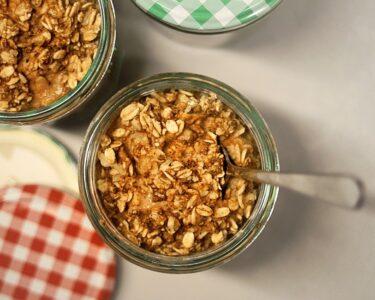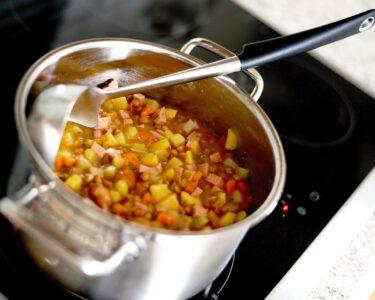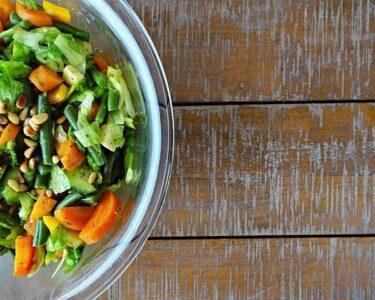Tell me honestly what’s your first thought hearing the word “ Indian meal planning” or “Indian menu planning”? Is it like time taking task rather wastage of time or too complicated work etc??
If you are trying to lose weight for the longest time or planning to fix diabetes/ hypertension/ PCOD/ IBS/ constipation/ acidity/ hypothyroidism/ gut health etc, meal or menu planning is NOT an option but a MUST for you.
Being an Indian it’s quite natural to have your preference towards normal regular Indian food that you must have grown up eating with. But the internet is flooded with articles on how white rice is bad, how potato makes you fat; peanut will develop cardiovascular diseases etc. Basically, it is trying to tell you how everything that you have grown up eating is dangerous for your health rather it will show you thousands of articles how foreign foods – California almond is great, American sweet corn is fantastic, quinoa is the only go-to option for weight loss, etc. If you are vegetarian, online information is probably constantly treating you how you are deficient in protein, B 12, etc, etc. If you are a non-vegetarian, then it will tell you how it is harmful to eat meat, fish, egg these days.
Bottom line? Whoever you are, your diet is insufficient. Change your food habit NOW.
How does it sound? Relatable?
The objective of this blog is to guide you step by step to develop a customized diet plan which is aligned to your family food habit and suitable for you and your family.

Let’s start with what is Indian menu planning or Indian meal planning?
Meal planning or menu planning gives you an idea of what you are going to eat on a particular day and at a specific time. It is a detailed plan of foods that you and your family going to eat for the next few days. You may think of making one or two week’s menu plan in advance. However, I personally feel making a week’s meal plan is workable and comparatively easy to start with.
Why Indian menu plan is important?
Three simple reasons- it saves time, health, and money altogether.
You are very busy, managing multiple household chores, kids, office work, etc all together is not a joke. So apparently quick/instant food (read junk) may look like a lifesaver but actually, turn out to be the “best health killer” for your entire family.
There are days when spending 5 minutes to decide the day’s menu seems to be impossible and you end up having a pack of junk to satisfy your hunger.
What to do? Making a healthy meals at least 4 times every day is not a joke. Right?
Well, honestly it’s not that tough too if you plan accordingly. Most of the “best diet” fails because of a lack of planning during execution. Initially planning a meal may feel like a wastage of time or too difficult, but trust me this time and effort is worth investing. Don’t forget practice will make you perfect soon.
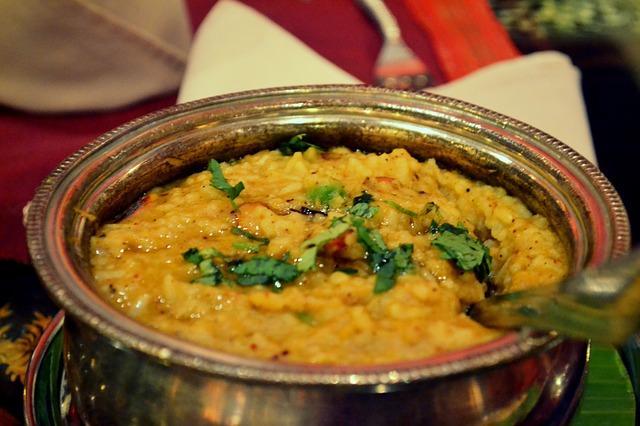
Are meal/menu plans and diet charts the same?
No, when you visit a qualified dietician, they prescribe a diet for YOU which generally contains a number of options as per your food choice, health condition, and family food habit. But it’s your task to develop a family menu plan which is aligning with your personal diet chart and other health condition & food preference. Otherwise neither you will be able to follow the diet nor will your family get any health benefits.
How to do Indian menu planning or Indian meal planning?
Just the way you plan your office projects, you need to plan your weekly meal. Don’t forget to follow these four basic steps –
- Declutter your kitchen and store
- Sit with your family
- Order grocery accordingly
- Invest some time for meal preparation
1.Declutter your kitchen and storeroom
Yes, planning is effective when you have complete knowledge of your available resources. A messy kitchen or store will waste your time to a large extent even to find a simple ingredient.
First thing first, declutter your kitchen and store. Give some time to organize your kitchen.
You might find many items during cleaning which you don’t really remember buying. Relax, it happens. If you think in peace, you probably don’t need half the items occupying most of your kitchen space. Don’t hesitate to get rid of those items. If you are a big hoarder like my mother, put all the extra, unused utensils, appliances in a box, and keep on the uppermost shelves in the kitchen. In simple words create space to make your kitchen more functional.
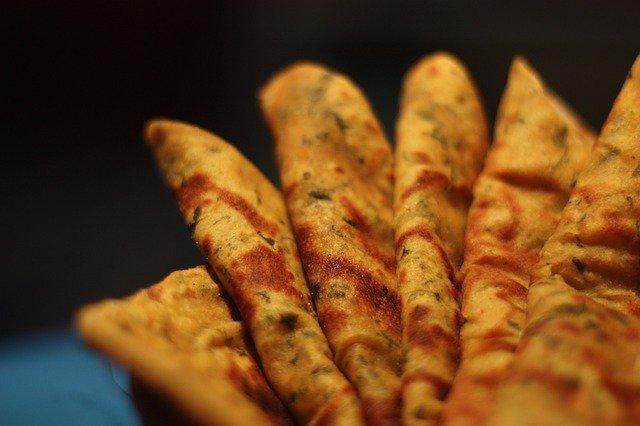
Check the stock for grains, spices, milk, lentils, and vegetables. Check the expiry dates of packaged items. Be smart to discard them if the expiry date is over for more than a month or two. You might get shocked to see your actual stock in the kitchen.
Get rid of plastics – plastic pots, glass, plate, spoon, straw, or any other container. Even if the items are expensive and branded, feel free to get rid of them now. Why? You are smart enough to know how plastic is killing us as well as the environment. You can very well live without plastic adopting the alternative safe options.
For example – use stainless steel bottle/ glass bottle, bowl, snack box, plate instead of plastic items. My personal experience says it may take some time to replace all the plastic but certainly not that tough.
Throw all the ultra-processed foods from your pantry. Yes, I mean the pack of biscuits, instant noodles, instant pasta, instant soup, instant fruit juice, instant popcorn, instant breakfast cereal, instant snacks, etc.
Why? Tell me one proven health benefit of these foods. Please don’t be a fool to believe what they have claimed in their advertisement. If you act smart and check the ingredient list of any of these ultra-processed foods, you will get to see refined flour, refined sugar, hidden sugar, refined oil, and sodium to be the major ingredients. These are the main reasons for all the lifestyle diseases you are dealing with today. Be it unwanted weight gain, diabetes, hypertension, hormonal imbalance leading to a thyroid issue, PCOD, poor gut health, digestion, and immunity, etc. There are hundreds of published papers in reputed journals which point out the side effects of these ingredients on human health.
Don’t think these foods are bad only for you or the elder members of your family and fine for kids. They are even more harmful to the kids. So just throw them out of your house without any delay.
Check box – Declutter the kitchen
- Put all the excess, unwanted, unused utensils & kitchen appliances away
- Make your kitchen plastic-free
- Check the grocery stock and the expiry date of packaged products
- Throw all the ultra-processed foods
Once you complete the decluttering, it’s time to go for the next step.
2. Sit with your family
Menu planning must involve the entire family. Don’t try to prepare it without consulting others. Try to plan 5-6 meals per day. Yes, I know it might sound very difficult but trust me it’s necessary. The idea of making this menu plan is to –
- Reduce eating junk but developing a healthy eating habit
- Saving cooking/ preparing time of each meal
- Saving a lot of money
Consider the following points while discussing the menu/meal plan with your family–
- Food choice
- Hunger pattern
- Medical condition
- Nutritional need
- Feasibility of making the dish
Use the following template to make your meal plan –
| Before breakfast | Breakfast | Mid-morning | Lunch | Evening snack | Dinner (by 8 -8.30 pm) | Before bed | |
| Monday | |||||||
| Tuesday | |||||||
| Wednesday | |||||||
| Thursday | |||||||
| Friday | |||||||
| Saturday | |||||||
| Sunday |
You may decrease or increase the number of meals as per your family’s food habits. For example- it has been seen that once we advise finishing dinner early, people complain of feeling hungry late at night and end up having bhujia, chocolate, biscuits, etc. Needless to say, to avoid such incidence a plan should be there to meet the hunger before bed.
Keep these healthy options handy before you start a discussion with your family. Place healthy options as per the food choice. Trust me your life will be easy.
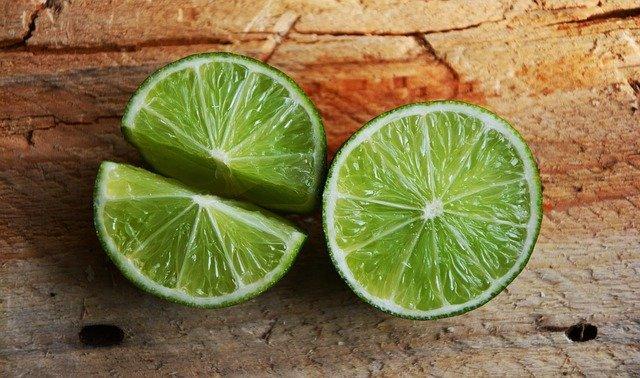
Healthy recipe ideas for making Indian menu plan or Indian meal plan
| Before breakfast |
| Few slices of fruits (Banana, papaya, watermelon, or any seasonal fruit) Sprouts Dry fruits Lime water |
| Breakfast (Consider any one primary ingredient to make the recipe) |
| Idli (Rice-dal usual batter/ Ragi batter/ Suji batter) Dosa (Rice-dal usual batter/ Green moong/ Ragi – dal batter) Upma (Steel cut oats/ rolled oats/ Dalia/ Suji/ Quinoa/ Sago/ chirwa) Soaked porridge (oats/ Sago/ Sattu/ Chirwa/ Moori) Cooked porridge (Boiled – Steel cut oats/ Dalia/ Suji/ Quinoa) Homemade breakfast cereal (recipe link given below) Chilla/ Uttapam (Atta/ Ragi flour/ Rolled Oats flour/ Besan/ Suji / Dosa batter ) Pancake (Atta/ Ragi flour/ Rolled Oats flour)Bread /roti (specify) Smoothie (Rolled Oats/ Sattu/ Barley with fruits, milk/water) Poori / paratha (specify which type) |
| Mid morning |
| Whole fruits (specify the fruit) |
| Lunch |
| Rice/ roti (specify) Dal (specify the type) Salad(specify the type) Vegetables (specify the type) Curd/ buttermilk (optional, as per choice) Nonveg items ((specify the type) Special homemade sweet (once a week- optional) like kheer, halwa, etc |
| Evening snack |
| Consider the breakfast option Or, Sprout mix / Roasted makhana/Roasted corn/ roasted peanut/ Homemade popcorn/ Roasted dry fruits/ Murmura mix/ Chirwa mix/ homemade cake/ Home cooked noodles/ pasta etc |
| Dinner |
| Same as lunch |
| Before bed |
| Milk/Herbal tea/Spice tea/ Makhana/ Murmura etc |
Don’t forget to keep some special items once or twice a week to keep everyone happy and satisfied. Like paratha/ poori on Sunday. Special homemade dessert items – kheer, payesh, halwa, cake, etc. Kids might want to have noodles/ pasta once a week. Feel free to cook it with lots of vegetables using the non-instant variety.
Once the menu is set, stick the menu on your refrigerator. Make it visible to everyone.
3. Order grocery accordingly
Once the menu is set, it’s time to shop the grocery. Make sure you involve the kids in this step so that they get a clear idea of not having any junk at home anymore.
Check your stock, make a list, and then place the order to avoid under-ordering or over-ordering.
4. Invest some time for meal preparation
Meal preparation is the last and very crucial step in meal planning. Two types of meal preparations are to be taken care of.
- Soon after you receive your grocery – once a week
- The last night – Every day before you shut the kitchen for the day
Soon after you receive your grocery
It’s going to take 30-40 minutes per week depending on your menu for the week. It includes following weekly activities –
- Washing vegetables and fruits after shopping
- Keeping the grain, pulses, spices in it’s designated place
- Refilling of handy grocery containers
- Grinding spices to refill the handy stock ( cumin, coriander/ black paper, cinnamon, nut mix, etc)
- Dry roasting of grains (suji/ dalia/ murmura/ chirwa etc) and pulses (types of dal) for better preservation
- Roasting of dry fruits/ peanuts/ makhana etc as per weekly menu plan
- Sprouting of pulses (depends on the weekly menu)
- Making dosa batter (depends on the weekly menu)
Meal preparation on the previous night
It’s going to take maximum 5-10 minutes every night after finishing dinner. It includes –
- Soaking of pulses/ grains as per next day’s menu
- Keeping the ingredients handy needed the next day
- Taking out the vegetables/ fruits from the refrigerator
- Keeping non-veg items from deep freezer to normal freezer
- Chopping vegetables going to be cooked the next day (optional)
- Preparation for setting curd
Bottom line
No, menu planning is not that difficult as you think. Meal planning is easy especially once you practice for one or two weeks. Indian meal planning or Indian menu planning is a must in order to adopt a healthy sustainable diet for the better health of your entire family.


